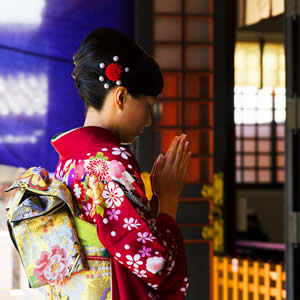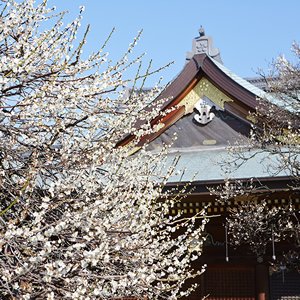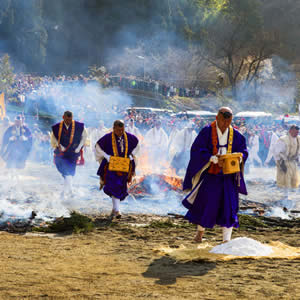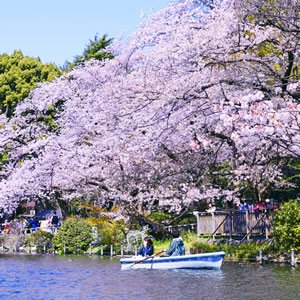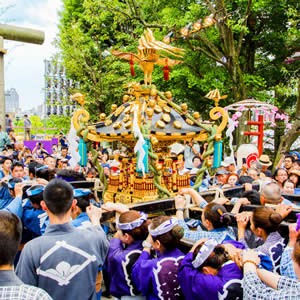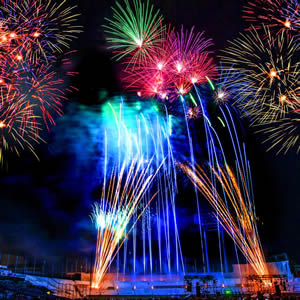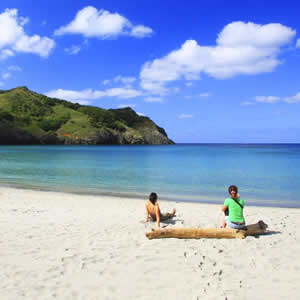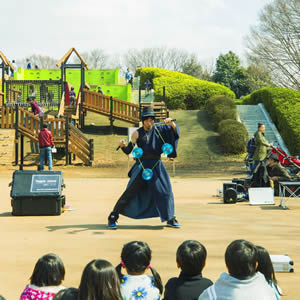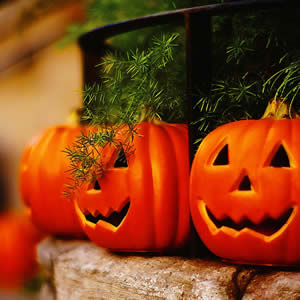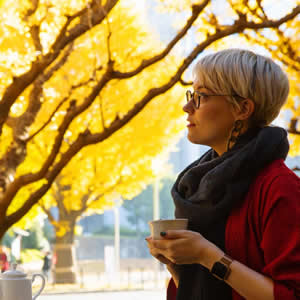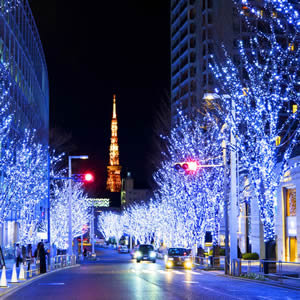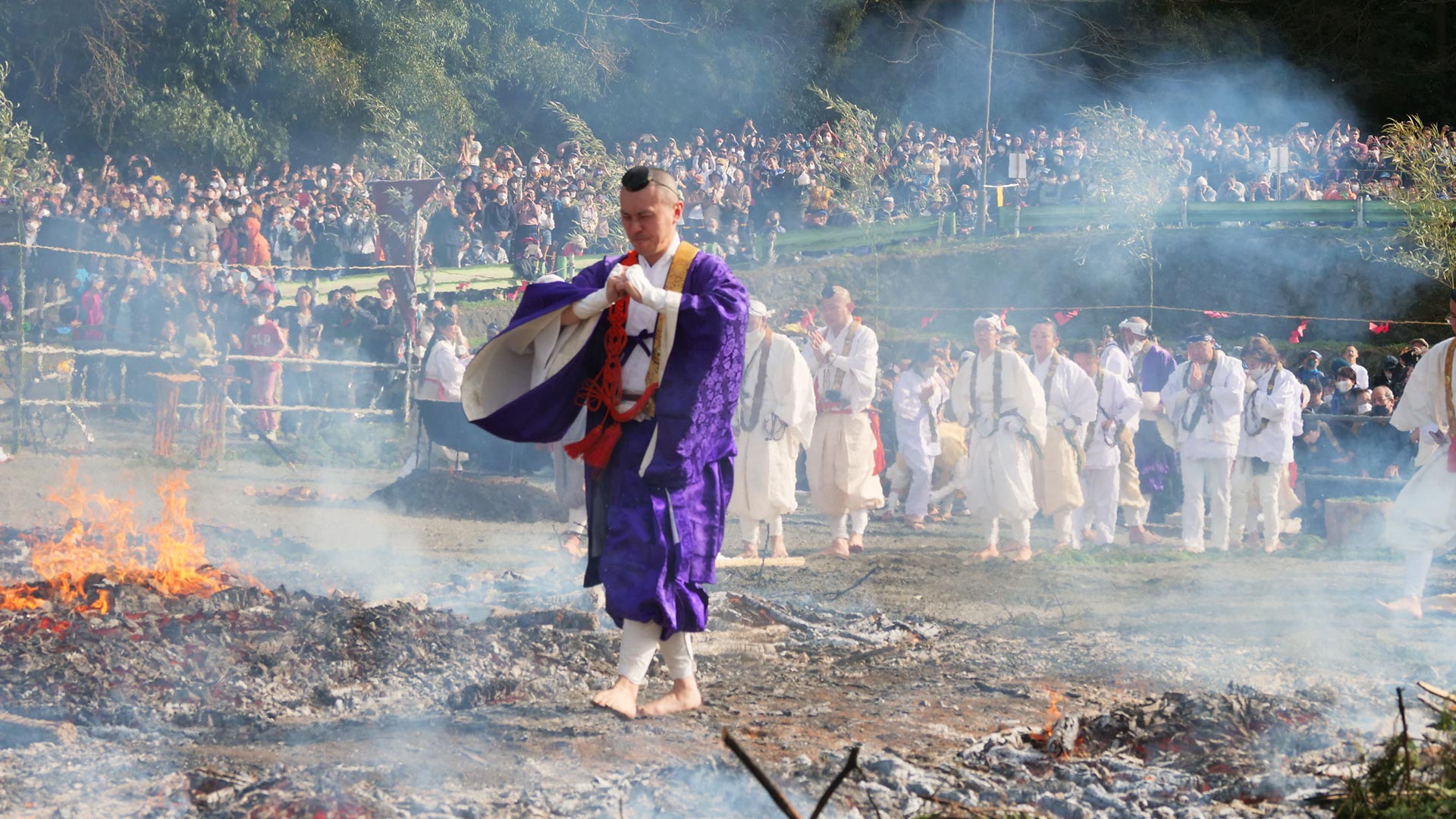
My Tokyo Guide
See something interesting? Click on the heart button in the article to add a page from this site to My Favorites.
Main content starts here.
Updated: February 20, 2024
Is March a good time to visit Tokyo?
As the winter cold eases in March, people fill Tokyo's parks and gardens to celebrate the arrival of spring and the cherry blossoms. There are plenty of events, including the traditional Hina Matsuri (Japanese Doll Festival) held on March 3.
What is the weather like in Tokyo in March?
March is chilly but comfortable. The temperature averages out at 9.4℃ (48.9℉), with highs of 14.2℃ (57.6℉) and lows of 5℃ (41℉). It's worth bringing a sweater or jacket, but you won't need any special clothing. While snow is not common, a few rainy days are likely. The average monthly precipitation is 116 mm (4.6 in).
Best events, festivals, and other things to do in March
Cherry Blossom Festivals
In late March, Tokyo marks the arrival of the cherry blossoms with countless events and celebrations. The Ueno Sakura Matsuri (Cherry Blossom Festival) at Ueno Park draws crowds with stage performances and picnic bentos for sale in addition to the flowers. At Sumida Park Cherry Blossom Festival you can walk along the riverbank, viewing blossoms with TOKYO SKYTREE in the background. The famous weeping cherry tree at Rikugien Gardens is a spectacular sight, especially in the evening when it's illuminated with dozens of lights.
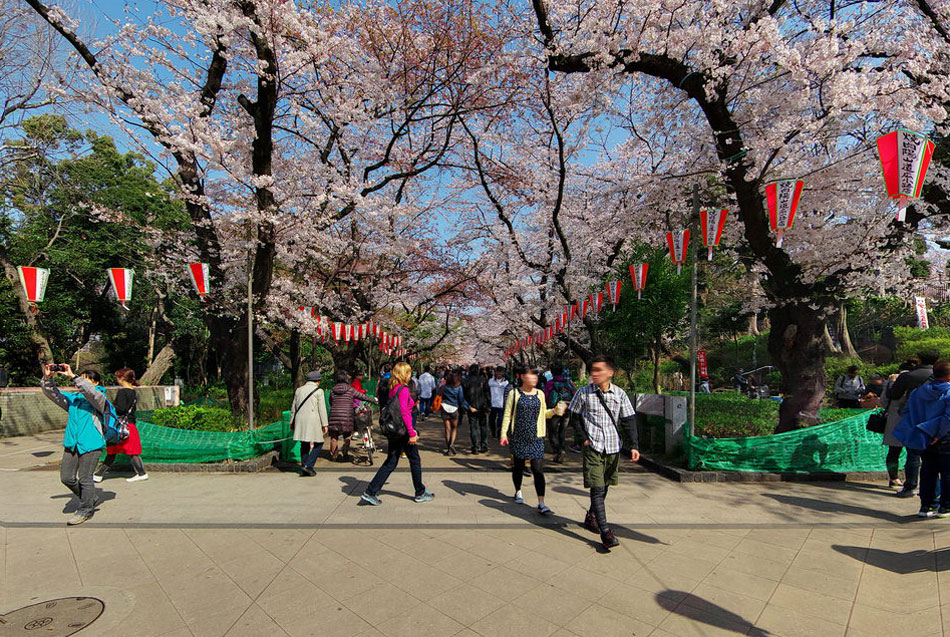
Tokyo Marathon
The Tokyo Marathon, one of the city's biggest sporting events, takes place in early March each year. Its participants include both the general public, and elite runners. They start at the Tokyo Metropolitan Government Building, then weave their way past sightseeing spots and through famous shopping districts, including Asakusa and Ginza. Traffic restrictions are in place for extended hours on the day of the run, so make sure to check the course map and schedule on the marathon's official website.
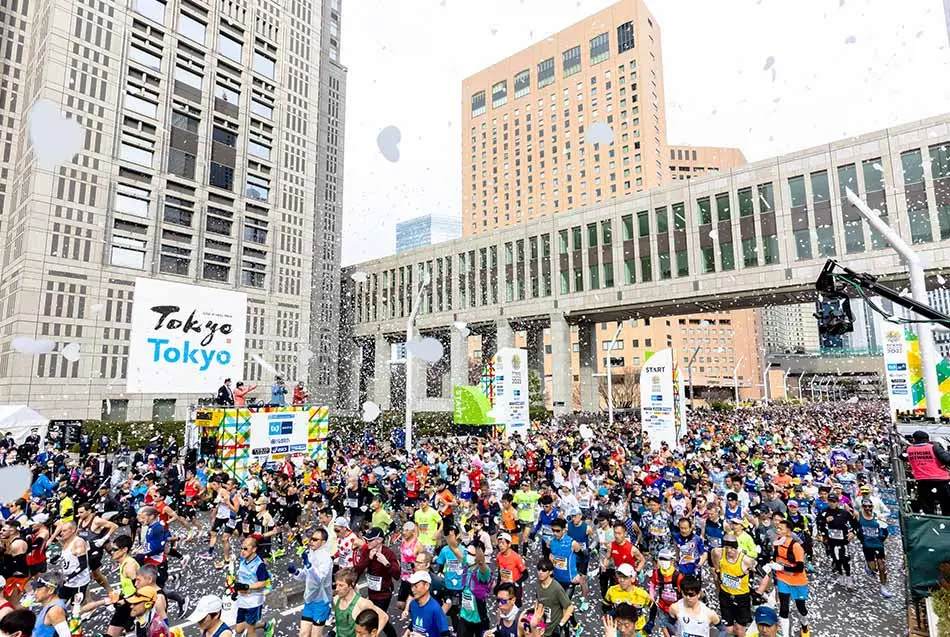
©TOKYO MARATHON FOUNDATION
Flower Festivals on Tokyo's Islands
Tokyo's islands celebrate their stunning flora at annual festivals. At the Freesia Festival on Hachijojima Island, you can enjoy an outdoor tea ceremony while gazing out at the colorful blossoms, and grab some local sweets at the Freesia Cafe. And at the Tsubaki (Camellia) Festival on the island of Izu Oshima, you can try dyeing with camellia petals.
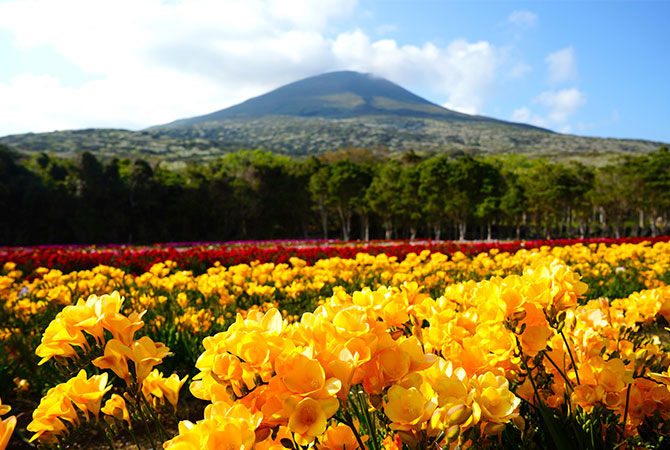
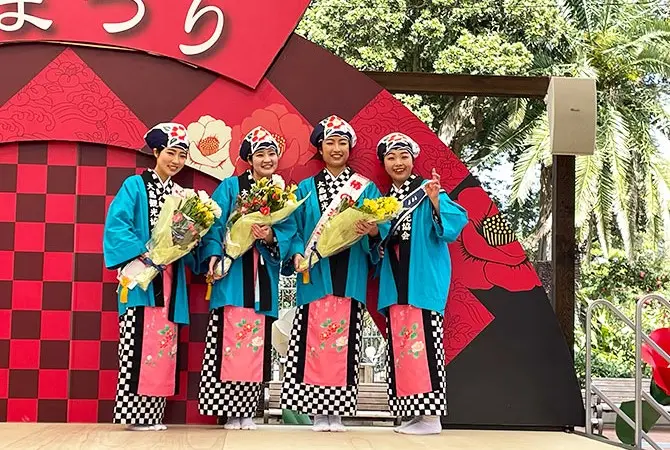
Hina Matsuri (Japanese Doll Festival)
Hina Matsuri takes place on March 3. Elegant dolls displayed on tiered platforms embody a prayer for girls' health and happiness. You can see a spectacular display at Keio Plaza Hotel. At the Komorebi Village in Showa Kinen Park, which is made to resemble an old rural village, there is a Hina Matsuri display in a traditional house.
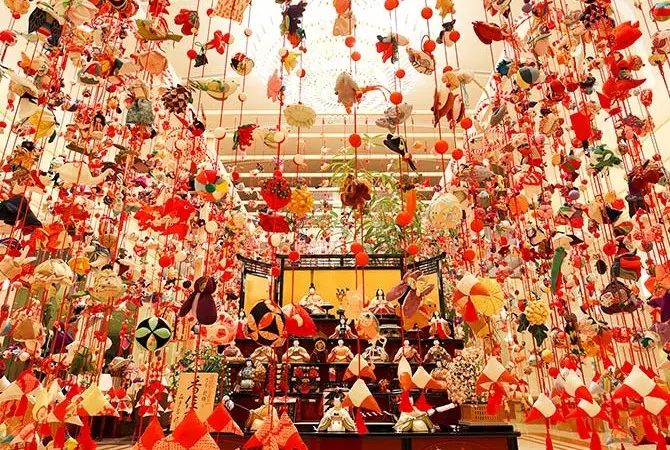
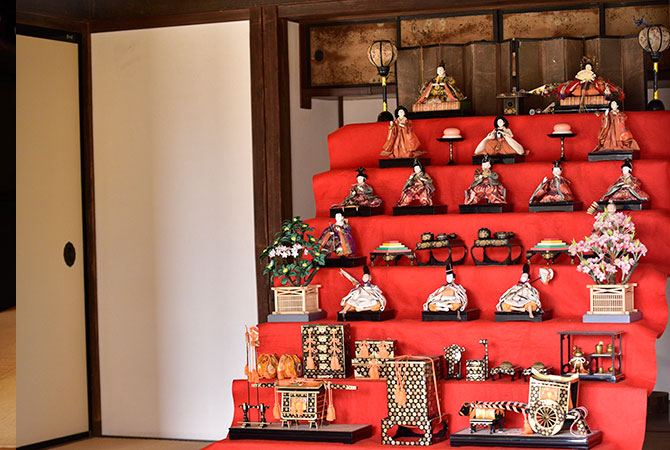
Flower Festival in Tokyo
Cherry blossoms are by no means the only floral highlights in March. Showa Kinen Park's annual Flower Festival starts in late March, then goes on to showcase all the flowers of spring, including tulips and nemophila in April, and poppies in May. Highlights include exhibitions, workshops, and guided tours. There are tours that show off the park's best spots, including a guided Segway tour (additional charge). Many events take place during the festival. In Hama-rikyu Gardens, you'll see a bright yellow carpet of rapeseed blossoms, which offer a striking contrast to the skyscrapers in the background.
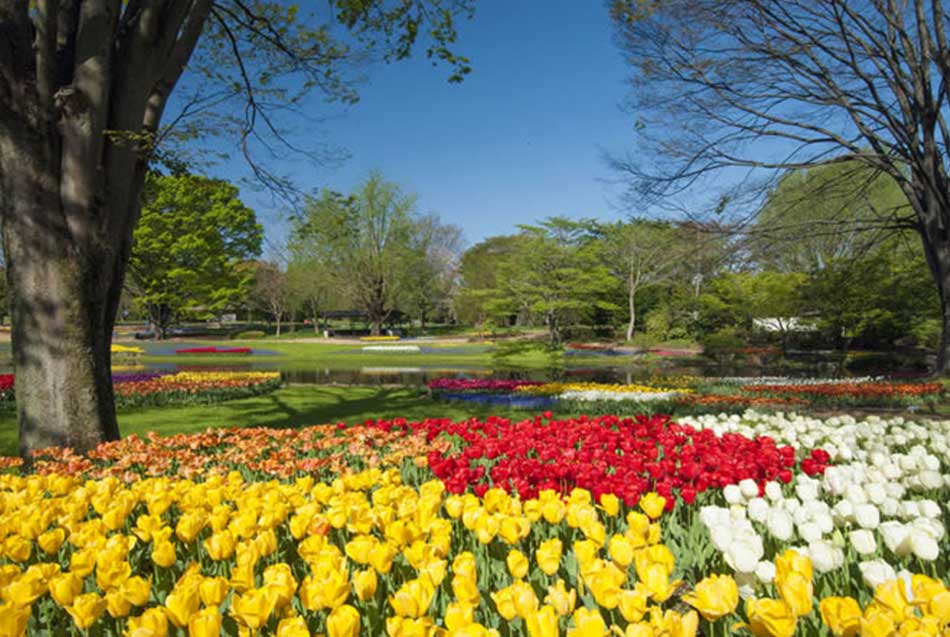
Jindaiji Temple Daruma Doll Fair (Jindaiji Daruma-ichi)
Daruma are rounded, traditional Japanese dolls that are used to make wishes. One of Japan's three biggest markets for them is the Jindaiji Temple Daruma Doll Fair (Jindaiji Daruma-ichi), held on March 3 and 4. Around 300 stalls sell daruma in many different sizes and designs. Buy a doll, and you can even have a priest inscribe an eye in Sanskrit.
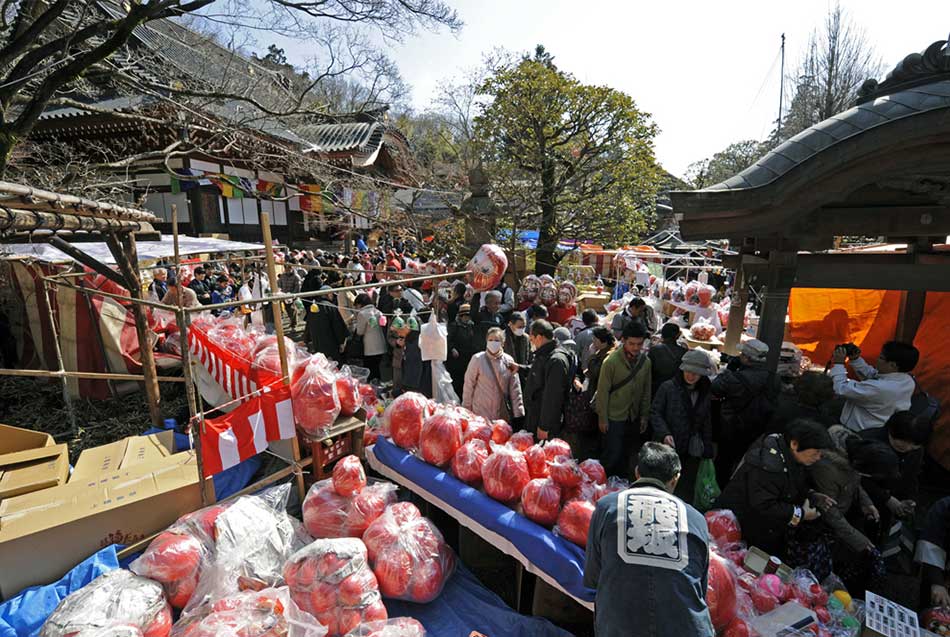
Mt. Takao Fire-Walking Festival (Hiwatari-sai)
Takao-san Yakuo-in, a Buddhist temple halfway up Mt. Takao, hosts an annual fire-walking festival on the second Sunday of March to pray for health and safety. During the festival, monks walk barefoot over embers of burning wood; a traditional ascetic custom. Afterwards, when the embers have died away, you can join in and even try walking on them yourself.
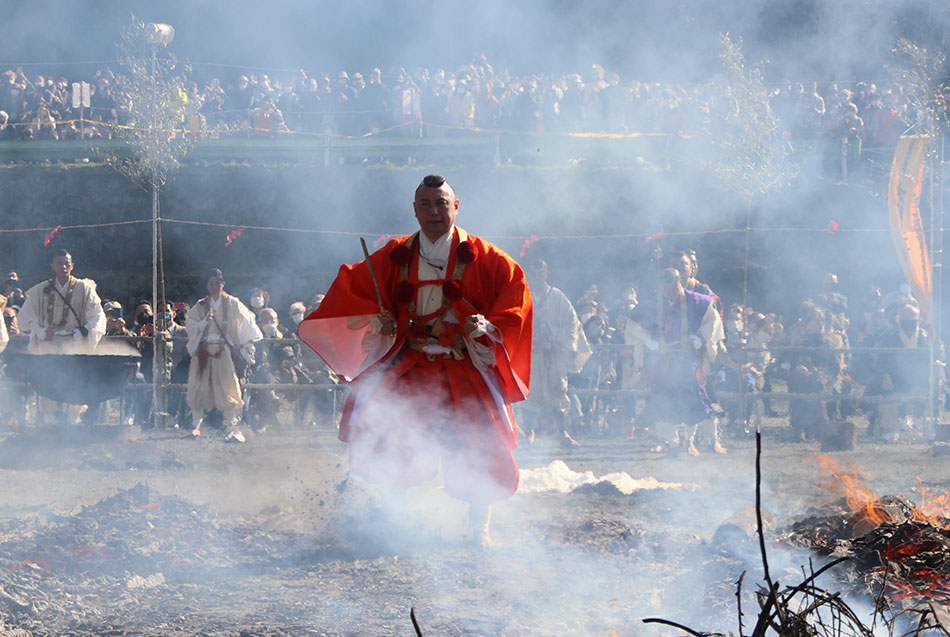
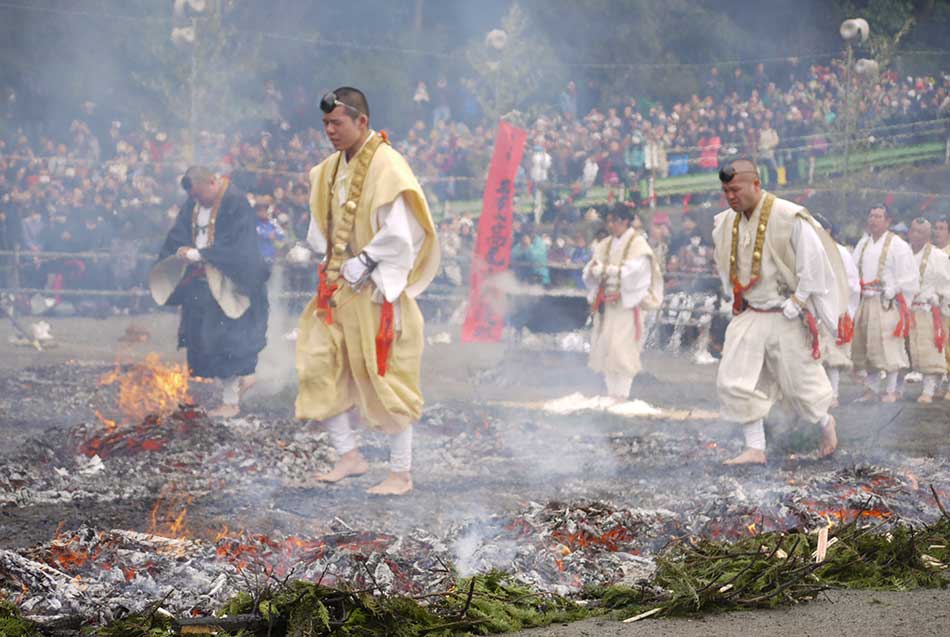
Kinryu-no-Mai (Golden Dragon Dance)
The Golden Dragon Dance, held annually on March 18, was established in 1958 to celebrate the reconstruction of the main hall at Asakusa's Sensoji Temple. It features an 18-meter-long, 88-kilogram golden dragon, dancing to festive music.
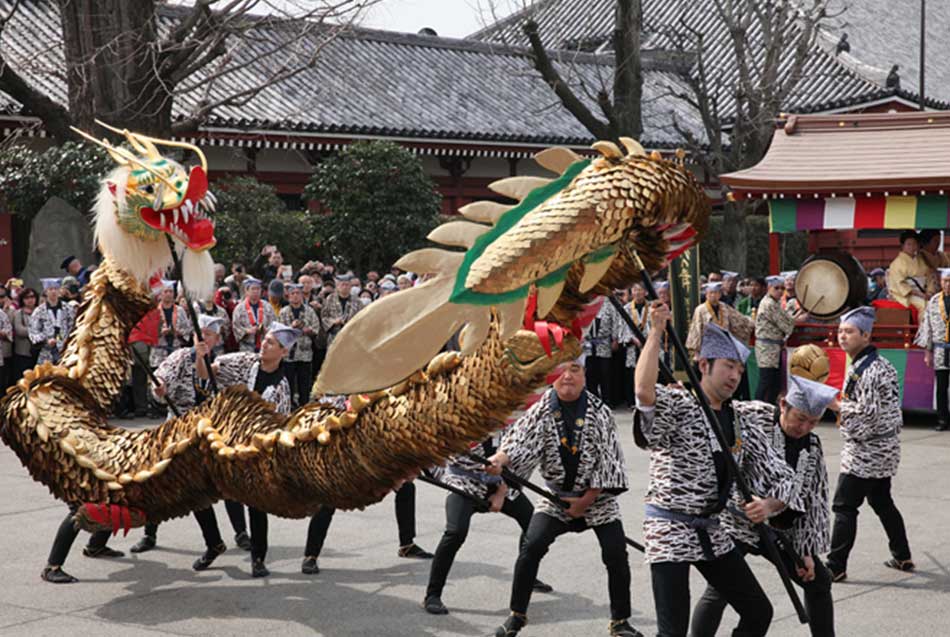
Keywords
- Visit Tokyo >
- Stories & Guides >
- Spring Guide >
- Best Things to Do and See in Tokyo in March
